For budding stargazers, a planisphere is one of the greatest aids to helping you find your way around the night sky.
They don’t look like much, just two discs of cardboard and plastic fastened together with a central pin.
But this deceptively simple design belies the fact that a planisphere allows you to work out which bright stars are in the night sky and where on any date and at any time throughout the year.
This basic knowledge is useful for casual stargazers and more serious amateur astronomers alike.
For more tips, read our guides on how to stargaze and astronomy for beginners or sign up to receive the BBC Sky at Night Magazine e-newsletter.
View our online gallery showing the history of the planisphere.

A planisphere can help you to learn the constellations or even just identify a bright star you can see at a particular time.
It can also be a useful aide-mémoire when planning an observing session.
Although the two discs are pinned to each other, they can still be rotated independently of each other.
Printed over most of the lower disc are the stars, constellations and brighter deep-sky objects that you can see from the UK’s latitude.
Marked around the outside of this lower disc are the days and months.
What does a planisphere show you?
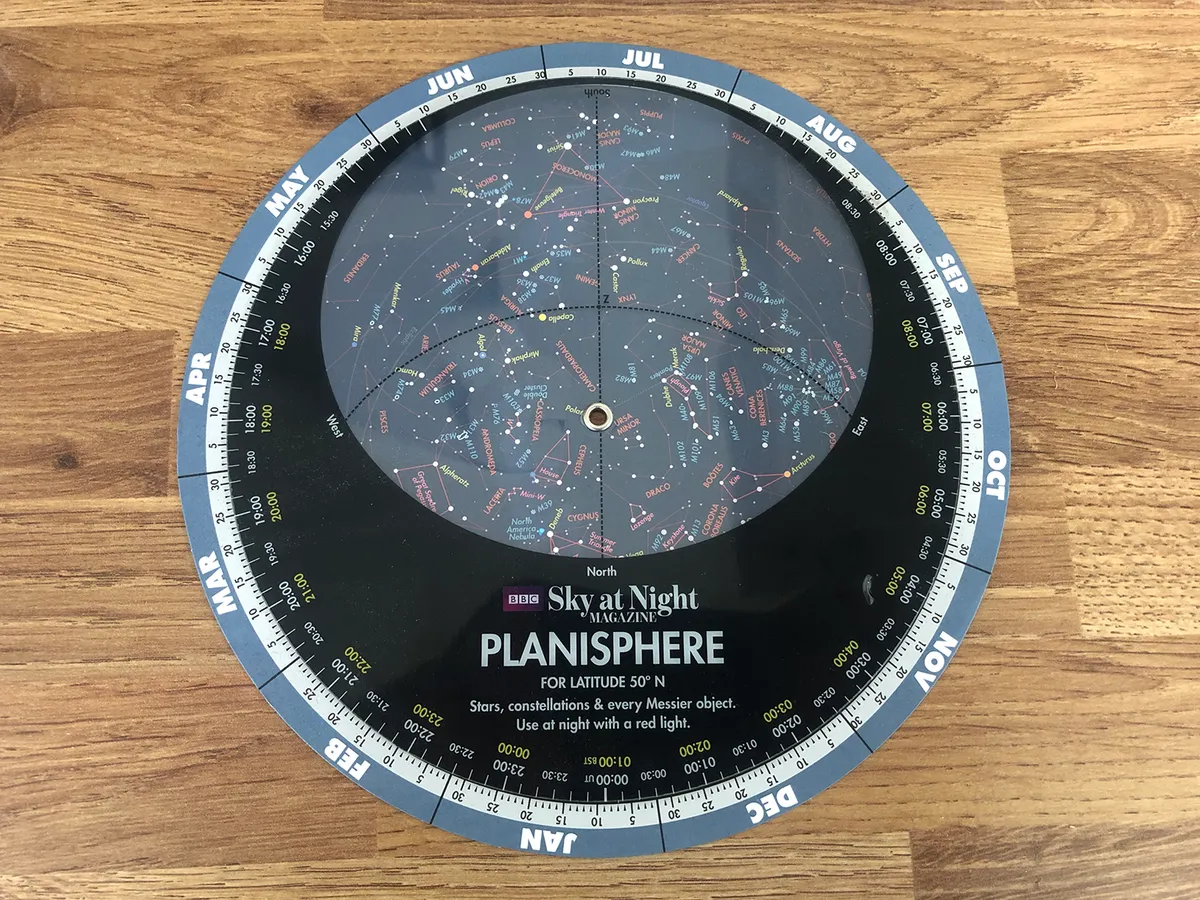
The upper disc in a planisphere is slightly smaller than the lower one, so you can still see the day and month markings on the larger disc beneath.
It also has an oval window in it, revealing part of the star chart on the lower disc.
The edge of this window represents the horizon with appropriate north, south, east and west markings, and everything within it is the visible sky.
Just like the lower disc, the upper disc has markings around its edge.
In this case, they denote the time of day.
By lining up the date and time, the stars visible in the window will match the ones in the night sky at that time.

Planispheres are cheap, easy to use, robust (plastic ones more so), lightweight, portable and – best of all – they don’t need electricity.
The one important point to keep in mind when using one is that planispheres are designed to work at specific latitudes.
If you try using one too far north or south of the location it has been designed for, you’ll find that the stars don’t appear in the right positions.
UK latitudes vary from 50ºN (southern England) to 60ºN (northern Scotland).
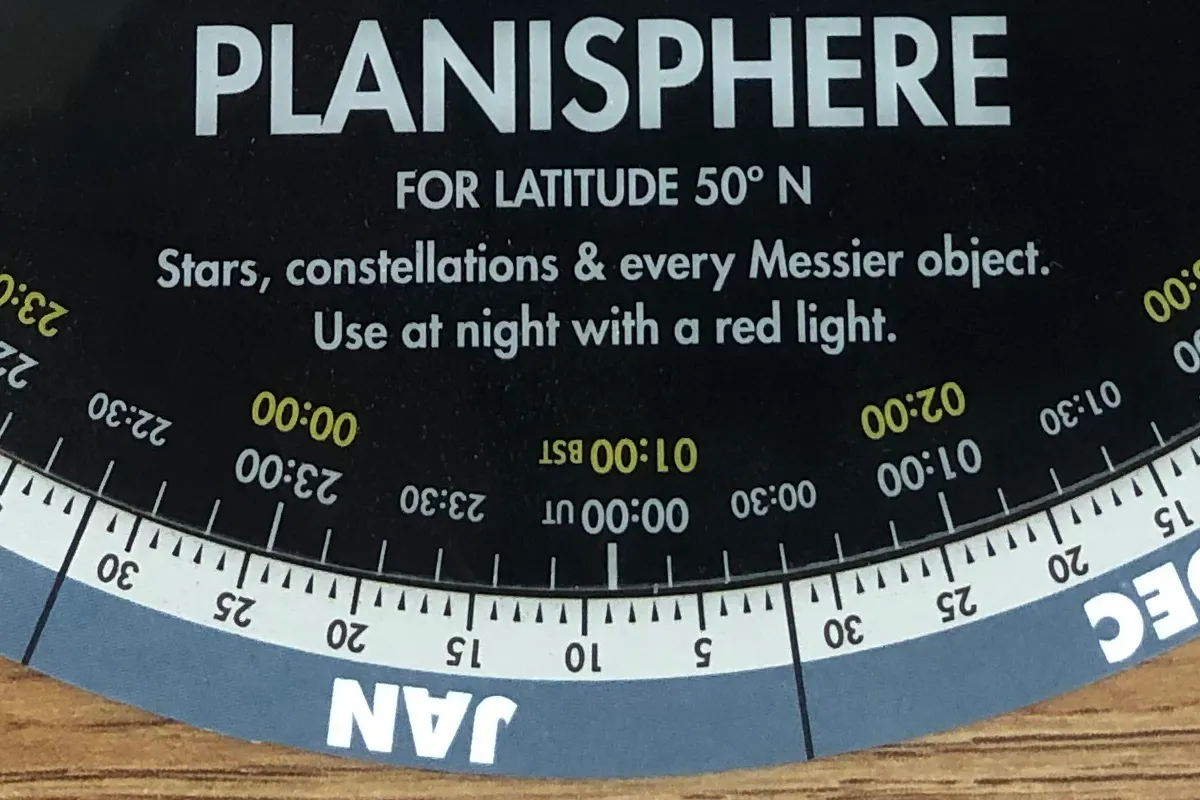
Why can't I use a planisphere to find the planets or the Moon?
Planispheres show objects that are ‘fixed’ in the night sky relative to Earth – that’s why they can be used year after year.
However, this means that they can’t predict the location of planets or the Moon.
Some manufacturers try to overcome this by printing details of planetary locations for several years on the back, but there is also a line printed on the chart itself that can help.
The ecliptic, often shown as a dotted line, marks the plane of the Solar System, in which most of the planets orbit the Sun.
If you discover a ‘star’ in the sky that’s not shown on the planisphere, then it is probably a planet.
How to use a planisphere
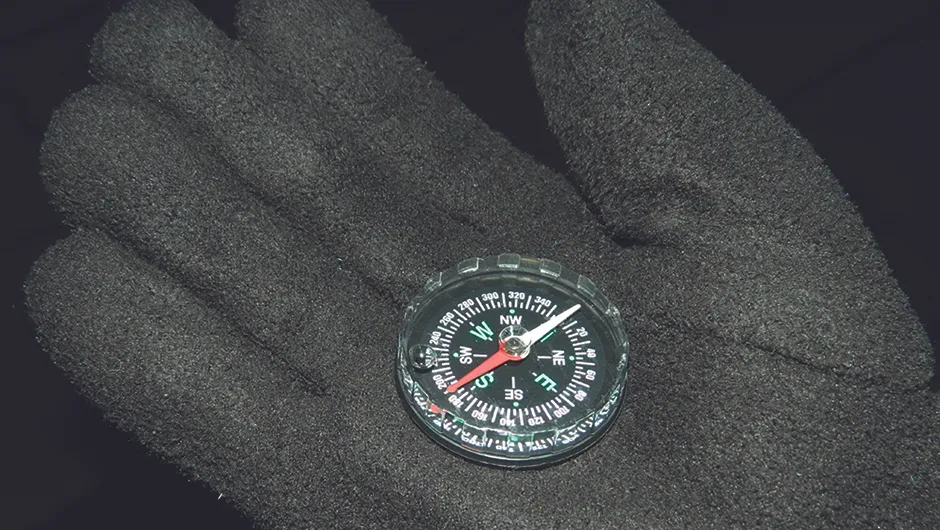
- Get your bearings: understand the cardinal points from where you live.
- If you don’t have a compass, use the Sun.
- It rises in the southeast and sets in the southwest in January.
- Set the planisphere
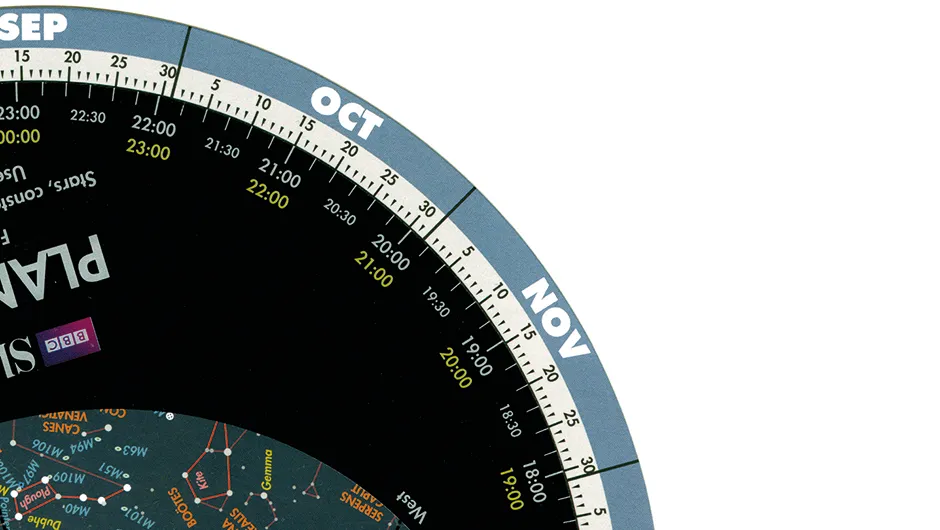
- Say you’re heading out at 9pm on 15 October: align the 9pm marker on the upper disc with the 15 October marker on the lower disc.
- The stars in the oval window should now match those in the skies above.
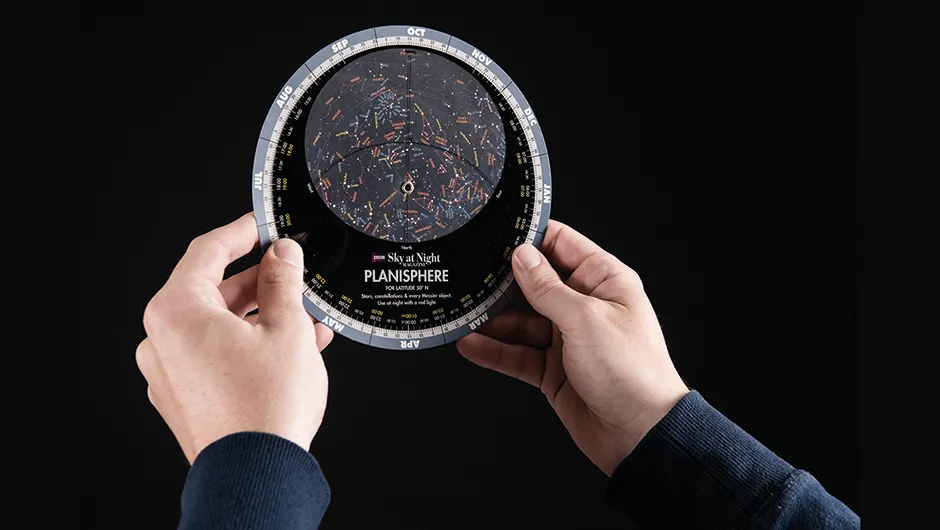
- Hold the planisphere aloft
- To start with, look north, holding the planisphere so that the word ‘north’ is at the bottom.
- If you change the direction you’re facing, move the planisphere round so that the corresponding compass point is now at the bottom.

- Test it out with a star-hop
- The central pin represents Polaris - the north star - and the north celestial pole.
- Just to its lower right will be the seven bright stars of the Plough.
- Use these and the five stars forming the W shape of Cassiopeia to get to know the constellations.
5 of the best planispheres
Our pick of some of the best planispheres to buy online.
1
Philip's Planisphere

If you mention the word ‘planisphere’ to experienced stargazers, many will immediately think of the Philip’s planisphere, which is one of the most ubiquitous in amateur astronomy circles. The Philip’s planisphere listed here is adapted for 51.5° North, making it suitable for use in the UK and Ireland as well as northern Europe and northern North America.
It features all the visible stars and constellations down to mag. 5, as well as hints and tips on finding your way around the night sky throughout the course of a year.
2
David Chandler Night Sky Planisphere

- Buy now from David Chandler
- Buy now from First Light Optics
While the Philip's planisphere may be the most well-known, many will tell you that the David Chandler Night Sky planisphere is the best planisphere available.
It's printed with dark stars on a light background, meaning it's suitable for use with a red light torch (to protect your dark-adapted vision).
Constellations are drawn with bigger stars matching brighter stars. Deep-sky objects are also included.
3
Collins Planisphere

This planisphere from publisher Collins comes approved by the Royal Observatory Greenwich and was created by astronomers Storm Dunlop and Wil Tirion. It’s made with British stargazers in mind, meaning it’s suitable for observers located in the UK and Ireland, Northern Europe, Canada and in the northern United States.
The Collins planisphere is another good option for astronomy beginners, as it comes in a wallet that contains further information about stargazing and finding your way around the night sky.
4
Southern Hemisphere Guide to the Stars

If you're a resident of the southern hemisphere, are planning on observing the southern hemisphere night sky and looking for a planisphere that will match, this is the one for you!
5
Planisphere and Starfinder
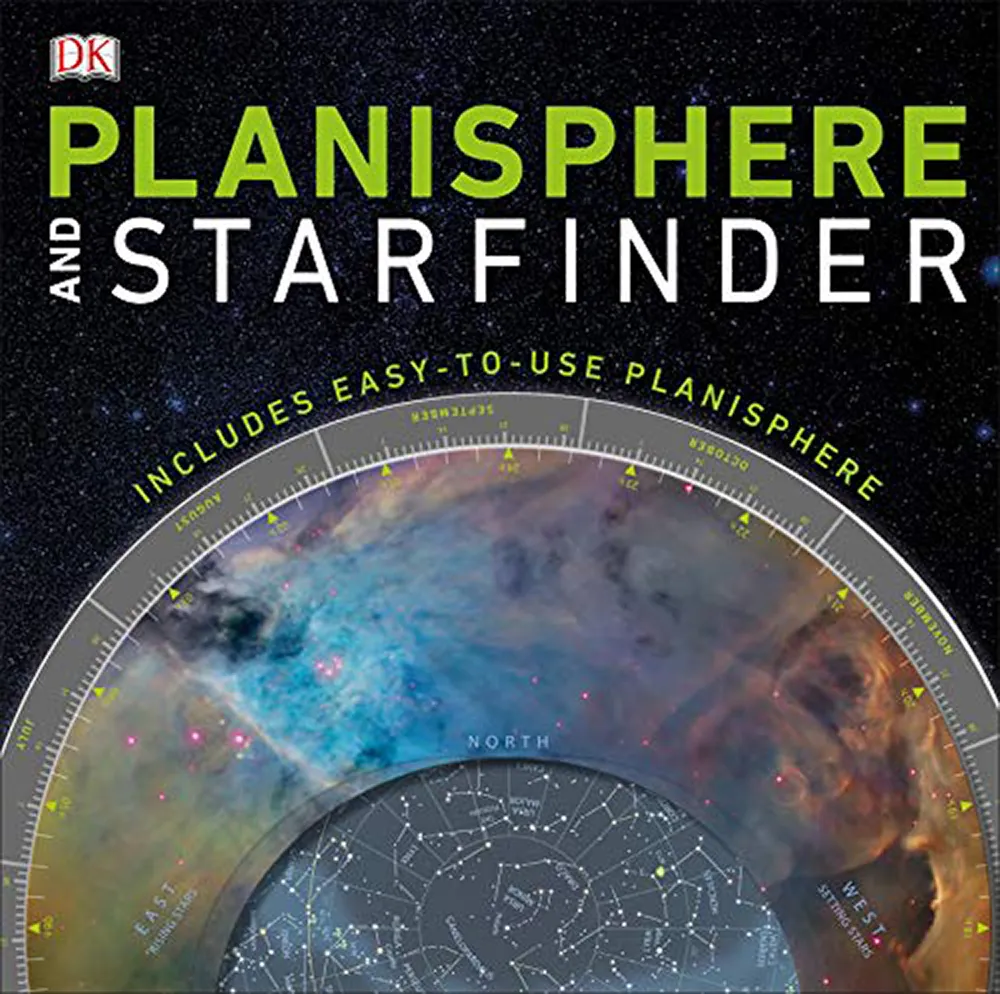
This planisphere and book in one reveals all you need to know to observe the night sky, with month-by-month guide and sections on the Moon, planets, eclipses and meteor showers, among other targets. The book bundle comes with a removable planisphere and instructions on how to use it.